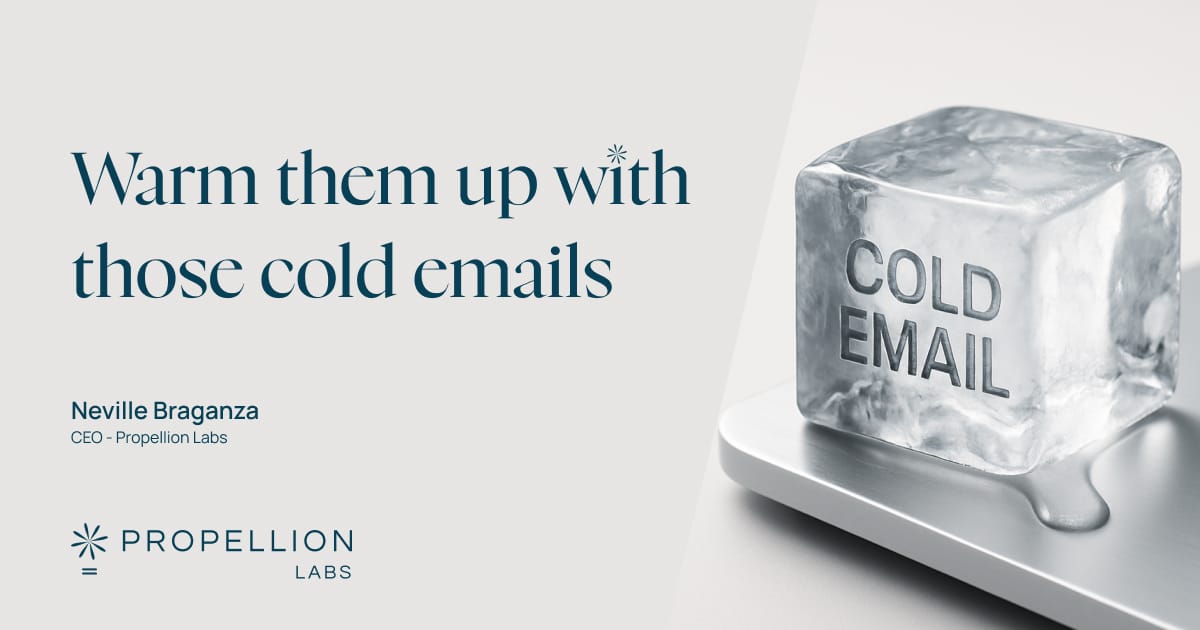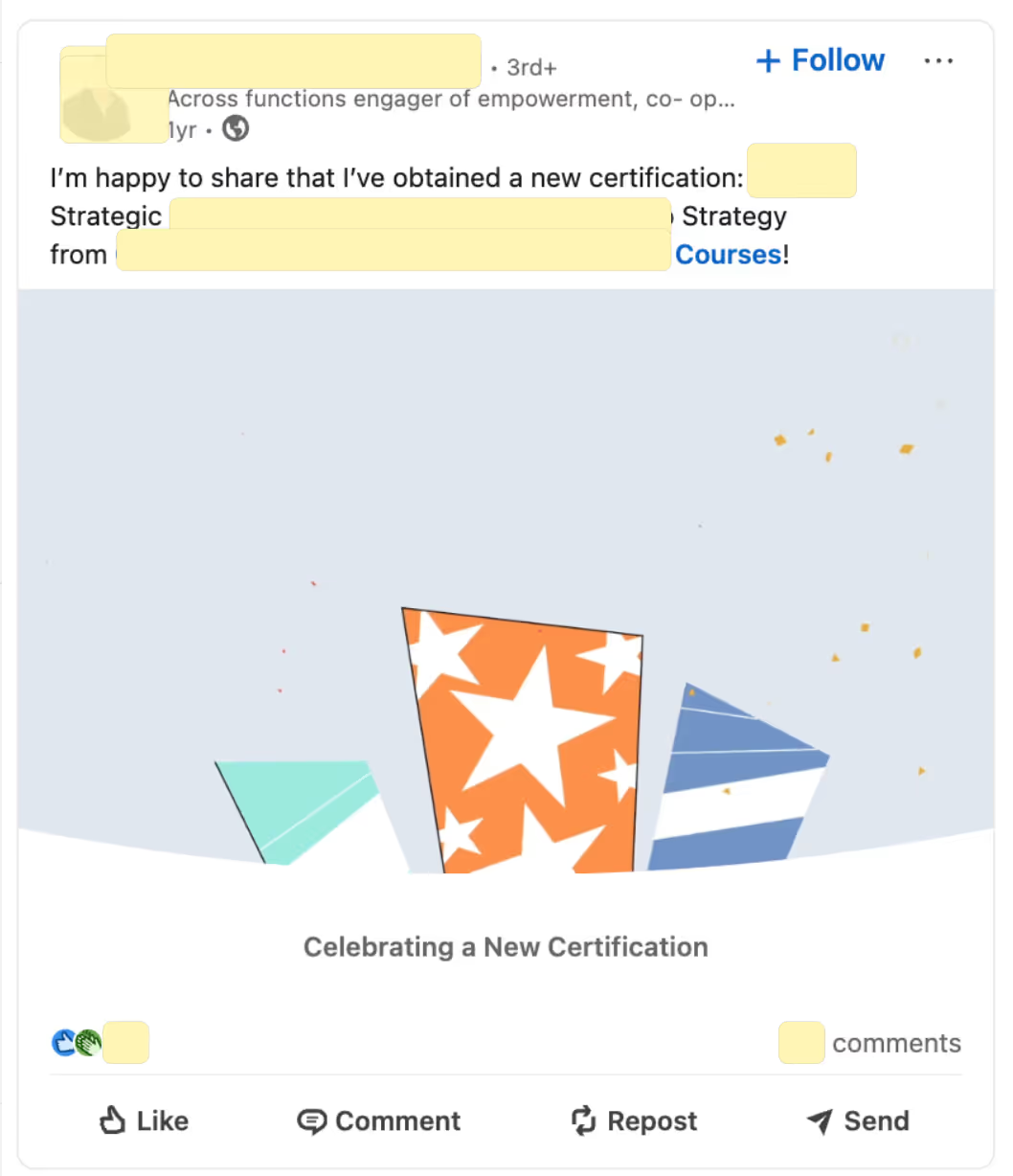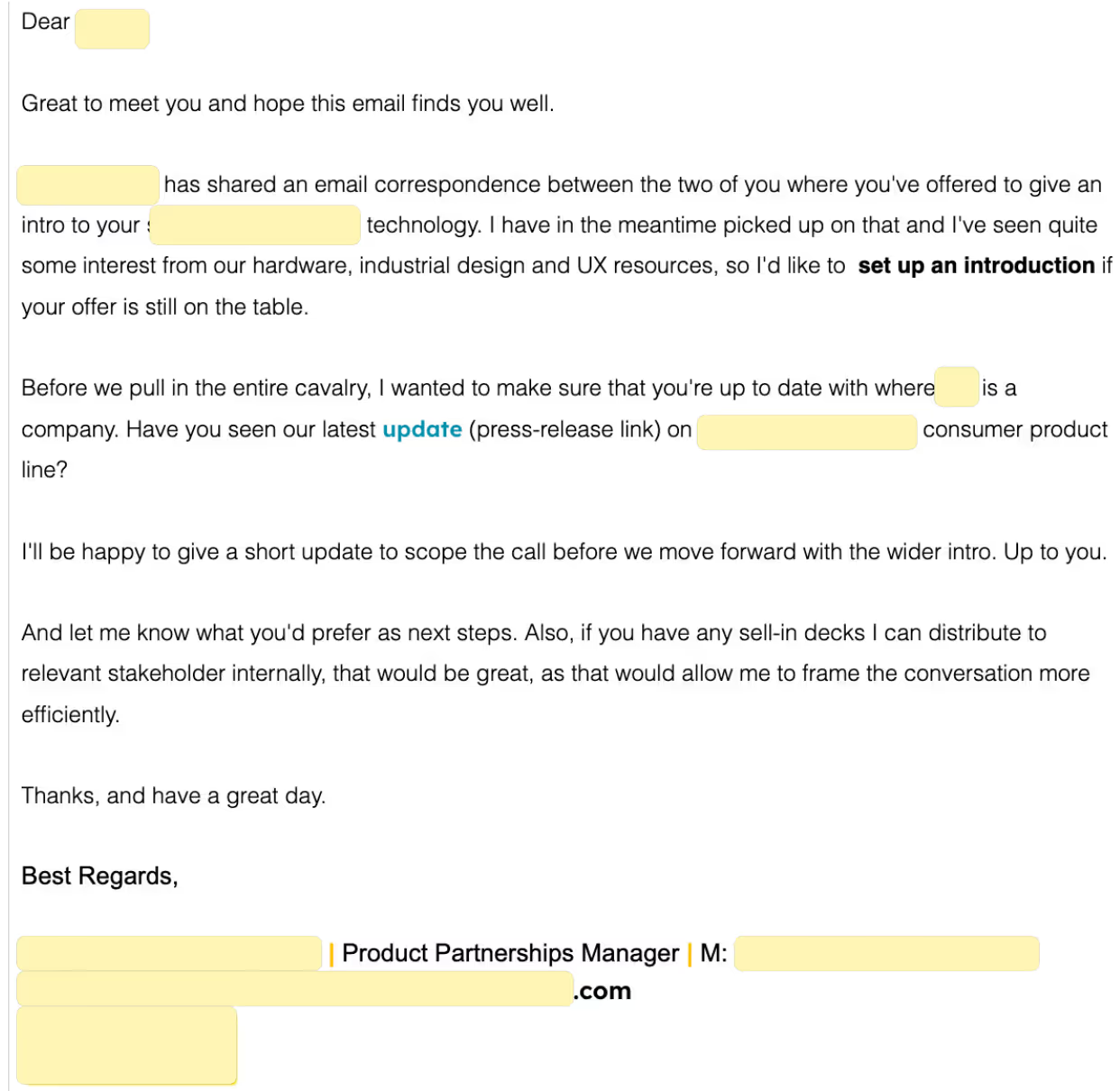Boring cold emails are dead. Learn how to write B2B emails that get opened using Propellion Labs' 3x3 framework for sales outreach success.


The average office worker receives over 120 emails per day. In a world of AI-assisted inboxes, busy execs, and shrinking attention spans, your cold email has about eight seconds to make an impression, or end up in the trash.
And yet, email remains one of the most effective B2B outreach channels. So what gives?
As B2B sales and marketing professionals, we’re already facing an uphill battle just to get in front of prospects. The good news? 86% of professionals still prefer email as their primary business communication channel.
The bad news? Nobody wants to open an unsolicited message that screams, “THIS IS A MASS SALES EMAIL.”
The truth is, boring, templated cold emails are dead, especially in enterprise B2B. But personalised, relevant, well-researched messages still work. In fact, they can open doors to new markets, prospects, and opportunities, if you know how to write them.
At Propellion Labs, we recently helped an AI-powered hardware tech scale-up overhaul their outbound strategy. The team was struggling with poor lead quality, low open rates, and a drawn-out sales cycle.
We worked with their sales and marketing teams to transform their outreach using our 3x3 Cold Email Framework, a process that combines research, messaging, and system discipline to create cold emails that actually get opened.
This post breaks down our methodology and gives you a practical, repeatable guide.
We’re wired to ignore anything that feels templated, salesy, or repetitive.
Don’t take my word for it, though. Neuroscience explains why: our brains use a process called habituation to tune out familiar, non-threatening stimuli so we can focus only on what’s new or important. Experiments using the “oddball paradigm” show that our attention is triggered by novelty , not routine. The more predictable the input, the more likely we are to scroll past it.
This is why your subject line and preview text matter more than anything else. They are your one shot at breaking that autopilot, interrupting the scroll, and earning a click.
Once the email is opened, every prospect is asking three key questions:
If your email doesn’t answer all three, it gets ignored, or worse, deleted.
Most of the time, if you’ve defined your Ideal Customer Profile (ICP) and are targeting the right persona, you can answer the last two questions. But that first one, can you show me you know me, is where most emails fall short.
In our experience, the most effective enterprise sales and business development reps spend 5–10 minutes researching their prospects before reaching out. That’s all it takes to answer that first question meaningfully.
Let’s say you’re targeting ‘Heads of’ and ‘VP’ level executives. These prospects most likely have a strong presence on X (formerly Twitter) and LinkedIn or have been in the news because of their seniority. Use that publicly available information to craft an opening line that breaks the inbox pattern.
At Propellion Labs, we call this Pattern Interruption. And we use it to our advantage.
Jump on the prospect’s LinkedIn page. Like and comment on their recent posts. Engage with their company’s content. This builds familiarity and if they’re the curious type, they will look up your profile (which should be up to date, please) and learn a bit about you and the company you represent in the process. Make sure your comments are thoughtful or have a point of view and are not fluffy or salesy.
Our methodology is built around answering those three prospect questions — with research, relevance, and a fresh perspective.
This framework helps enterprise B2B sales and marketing teams craft high-performing cold emails without sounding robotic, desperate, or overly familiar.
It’s built around three stages, each with three practical steps:
NOTE: This guide assumes that you only have access to the prospect’s contact information (that’s the easy part), typically from a lead-gen campaign or through your own prospecting via Zoominfo or similar prospecting tool.
Before you write a single word, you need context. That means you need to:
1. Research the prospect
Use LinkedIn (or Navigator) to:
Pro Tip: LinkedIn Navigator has an AI powered research tool called Account IQ. If your target account is large enough, it can tell you how they make money, their strategic priorities and business challenges, competitive landscape as well as their headcount trends. NOTE: Always fact-check, the tool itself warns that mistakes are possible.
2. Research the company
3. Research the industry or vertical
Even 5-10 minutes of focused research can give you a relevant hook that breaks the pattern in your prospect’s inbox.
Good personalisation feels tailored. Bad personalisation feels lazy, invasive, or irrelevant.
Store your research and notes in your CRM, not in your head or a spreadsheet. You’ve already done the work. Make it count. Here’s a true story about why CRM discipline matters
Build your email with structure and intent:
Bonus tip: Write it like you’re messaging a smart, busy colleague, not pitching to a stranger.
Use multiple channels (email, LinkedIn, comments), and follow up intentionally.
Here’s a real example of how 5 minutes of focused research turned into a $250,000 opportunity.
A sales rep we were coaching had a habit of sending lengthy, impersonal emails, often packed with product links and attachments. After adopting our 3x3 Cold Email Framework, he reached out to a new prospect with a shorter, sharper message that we helped write.

The email was opened multiple times and forwarded internally, leading to a warm inbound message from a senior product partnerships manager.
→ See Image 2 – The Cold Email

This, ultimately led to a live deal conversation and a pipeline opportunity worth quarter a million dollars.
→ See Image 3 – The Prospect Response

Most cold emails fail because they feel cold. They’re generic, mass-produced, and disconnected from the human on the other side.
But when you follow the 3x3 Cold Email Framework, your message becomes relevant, thoughtful, and worth reading.
At Propellion Labs, we help B2B companies turn cold outreach into real conversations, with scalable, strategic playbooks that actually get results.
If you're curious to see how this could work in your business, feel free to reach out here or book a meeting with me here.